Application Prospects of Foot 3D Scanner in the Insole Industry
With the rapid development of technology, all industries are undergoing unprecedented transformations. The insole industry, which is closely related to health, is also continuously embracing innovative challenges. Among many innovative technologies, the foot 3D scanner stands out as one of the most promising, offering great development opportunities for the insole industry. By providing highly accurate foot data collection and analysis, the foot 3D scanner has opened up new possibilities for custom insole production, significantly enhancing the comfort and functionality of insoles. Today, we will explore in detail the application prospects of the foot 3D scanner in the insole industry and how it is driving innovation and development in this field.
What is a Foot 3D Scanner?
Before understanding the application of the foot 3D scanner in the insole industry, it is essential to first grasp the basic principles and functions of this device. A foot 3D scanner is a device that uses high-precision sensors and scanning technology to scan the foot. It captures detailed data about the foot, including foot shape, arch, pressure distribution, and other critical information. This data is then analyzed using computer software, providing accurate reference data for insole design and production. Compared to traditional manual measurement methods, the foot 3D scanner not only improves accuracy but also shortens production cycles and reduces human errors.
Typically, the device uses laser or infrared technology to quickly scan the entire foot, generating a complete 3D data model. This process is non-contact, avoiding the discomfort and errors that may arise from traditional foot molds and imprint methods. Therefore, the foot 3D scanner is not only a tool but also a key technology for realizing custom insole design.
Limitations of Traditional Insole Customization
In the past, insole customization was usually done through traditional methods, such as foot molds, footprints, or handmade production. Although these methods could offer some assistance to users, they often could not meet the growing demands of modern consumers in terms of precision and comfort. Traditional custom insoles failed to fully collect foot data and could not adequately consider foot pressure distribution and dynamic changes during walking.
For example, for individuals with flat feet or high arches, traditional insoles typically could not provide enough support or comfort. In contrast, the foot 3D scanner can accurately scan the foot's structure, shape, and dimensions, helping designers create insoles that better meet individual needs. Therefore, the advent of the foot 3D scanner not only addresses the shortcomings of traditional methods but also opens up new possibilities for the insole industry.
Advantages of the Foot 3D Scanner
The foot 3D scanner offers several unique advantages compared to traditional customization methods. First, it provides extremely high accuracy. By scanning every detail of the foot, the foot 3D scanner can generate a digital model that perfectly matches the foot's shape. This model includes not only static foot data but also dynamic pressure distribution. As a result, designers can use this precise data to create the best personalized insoles that offer improved comfort and support.
Second, the foot 3D scanner is easy to operate, with the scanning process typically taking just a few minutes, far faster than traditional methods. Traditional insole customization might take several hours or even days, whereas the foot 3D scanner can complete data collection in a short amount of time, greatly improving production efficiency. This is particularly important for large-scale insole manufacturing companies.
Additionally, the foot 3D scanner can provide richer data for personalized insole design. In addition to foot shape, the scanner can analyze pressure distribution, gait, and movement patterns, offering a more scientific basis for insole design. This data allows insoles to better meet user needs.
Applications of Foot 3D Scanners in the Insole Industry
Custom Insole Production
Custom insoles are becoming a new trend in the market, as consumers’ demands for comfort and health continue to rise. With the help of the foot 3D scanner, data such as foot shape and dimensions can be accurately captured, providing strong support for custom insole production. Based on this data, insoles can be precisely designed to fit each person’s foot structure, offering the best comfort and support. This not only alleviates foot pain but also prevents various foot diseases from occurring.
For instance, individuals with flat feet, high arches, or flat foot conditions can use the foot 3D scanner to obtain detailed foot data and create custom insoles. These insoles can be designed to add or reduce support in specific areas to optimize gait, reduce foot pressure, alleviate pain, and prevent further damage.
Improving Insole Comfort and Performance
As consumers' demands for insole comfort continue to rise, insoles are no longer just basic support tools; they also need to have good breathability, elasticity, and shock-absorbing functions. The use of foot 3D scanners has made insole design more ergonomic, allowing insoles to be optimized based on individual foot shapes and gait. Through scientific data analysis, the comfort, durability, and functionality of insoles have been greatly enhanced.
Custom Sports Insoles
Athletes and fitness enthusiasts have more specialized requirements for insoles. They need insoles that are not only comfortable but also provide good performance, such as shock absorption, support, and fatigue resistance. Traditional insoles often cannot meet these needs, but the foot 3D scanner can create custom sports insoles based on athletes’ foot data. These insoles fit the foot shape better, offering greater stability and flexibility, which can improve athletic performance and reduce the risk of injury.
Needs of the Elderly and Special Groups
For the elderly and other special groups (such as diabetic patients), the need for custom insoles is especially important. The elderly often experience aging and deformities in their feet, while diabetic patients may be at risk of foot ulcers. The foot 3D scanner can accurately capture the foot data of these special groups and create comfortable, safe insoles tailored to their needs. These insoles not only provide foot support but also help prevent wear, reduce pressure, and minimize the risk of foot complications.
Future Outlook for Foot 3D Scanners in the Insole Industry
As foot 3D scanner technology continues to evolve and mature, its application prospects in the insole industry will become even broader. In the future, as consumer awareness of health increases, the demand for custom insoles will continue to grow. Foot 3D scanners will not only meet the demand for traditional insole customization but also provide customization services for specialized insoles, such as sports insoles and medical insoles.
Moreover, with the integration of artificial intelligence and big data technology, the application of foot 3D scanners will become more intelligent and precise. Through intelligent algorithms and data analysis, the process of insole design and customization will become more efficient, further enhancing the comfort and functionality of insoles. As these technologies continue to advance, the insole industry will usher in a new era of greater personalization and customization.
The application prospects of foot 3D scanners in the insole industry are vast. With this technology, the industry can not only provide more accurate and comfortable custom insoles but also enhance the functionality and performance of insoles. As technology progresses, foot 3D scanners will continue to drive innovation and development in the insole industry, meeting the growing demand for personalized products. As health and comfort become central to people's lives, the market potential for custom insoles will undoubtedly expand, and the foot 3D scanner will play a key role in this process.

 +86-0755-86131192
+86-0755-86131192 2024-12-04
2024-12-04 Back to list
Back to list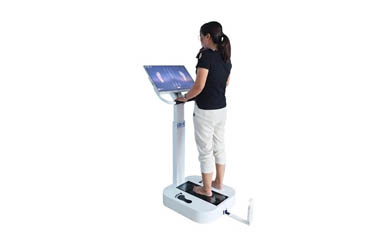
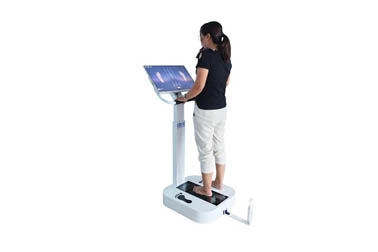
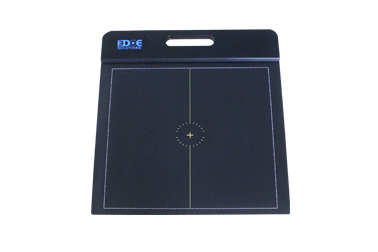
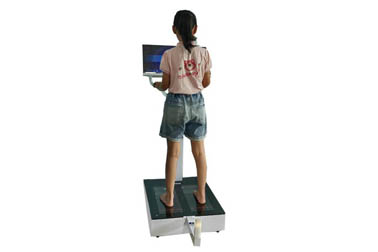
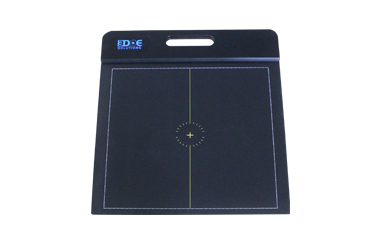
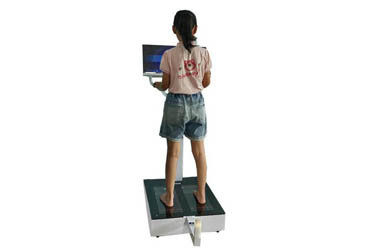



 +86-0755-86131192
+86-0755-86131192